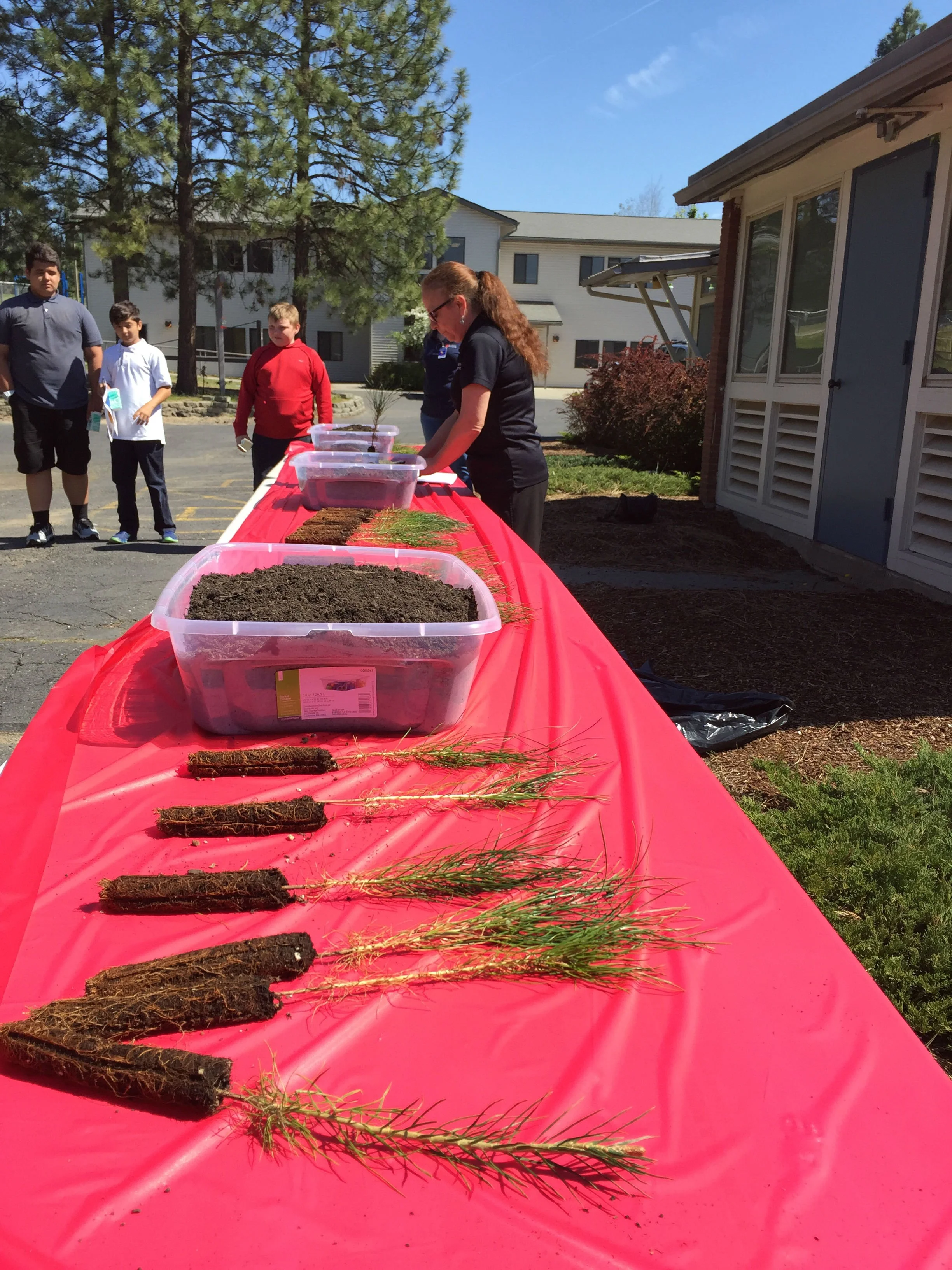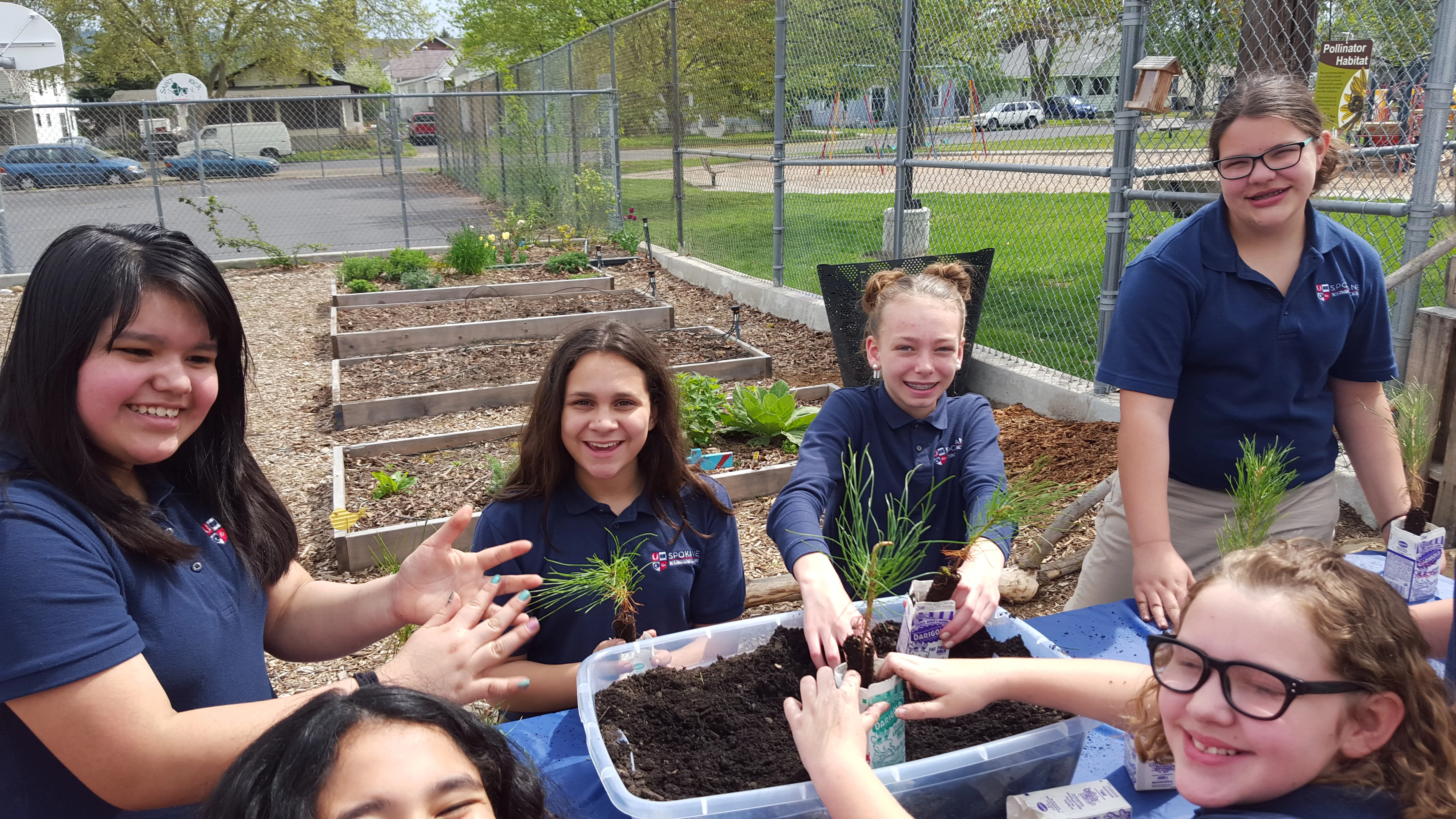
On April 20, Sonderen Packaging representatives visited local schools and made a presentation to the students about the lifecycle of a tree when it’s harvested and made into paperboard, the material we convert into cartons. The highlight of the visit was helping the students’ plant trees into milk cartons. This was part of National Paperboard Packaging Week, in which members of the Paperboard Packaging Council (PPC) partner with schools from local communities throughout the U.S. and Canada for the Trees Into Cartons, Cartons Into Trees program (or TICCIT, pronounced “Ticket”). At the center of TICCIT is a mainstay of the typical school day: the milk carton.

Milk cartons had been collected out of schools’ waste stream for the project, and the students used them to plant white pine tree saplings that had been donated by Coeur d’Alene Nursery. The students were then instructed to take the trees and plant them in the ground at home—milk carton and all. As the trees grow, the cartons break down, completing the trees into cartons, cartons into trees cycle.
“The children really liked it. I love their enthusiasm and that they’re so fascinated at such a young age,” said Lori Littlefield, our Production Administrator and Corrugated Manager who helped run the project. “‘We get a tree?’ Yes, you get a tree! And we explained that the milk cartons are one of products made from trees and that their trees will be planted inside them.”
TICCIT highlights the natural renewability and sustainability of paperboard packaging and aims to educate young students about the responsible harvesting practices involved in these trees’ lifecycle.
“There’s so little waste now compared to what I saw years ago. Everyone is replanting what they take,” says Lori.
When a tree is harvested, the forest products industry plants 5 trees in its place. There are actually 49% more trees in the US than there were 50 years ago.
“The students were interested in the sample boxes we brought with us from Sonderen Packaging and that they were made out of tree pulp,” recalled Lori. “They were surprised to learn that aspirin, charcoal, tea and paint are all made from tree products!”
Most of us know that trees absorb the carbon dioxide that we exhale and produce oxygen that we breathe, but we also shared with students that new trees produce significantly more oxygen than old trees, so it’s actually beneficial to cut down old trees for building materials, paper, etc., and then plant new ones. The students really responded to our presentation and they especially enjoyed getting their hands dirty while planting their trees.

“I enjoyed myself as much as the kids, I think. They did a great job, they were all interested and energetic. I would love to help with this program indefinitely,” said Lori. “I love spending time with kids.”
Learn more about TICCIT at http://paperbox.org/TICCIT and contact Sonderen Packaging if you would like us to teach this program at your local school!
